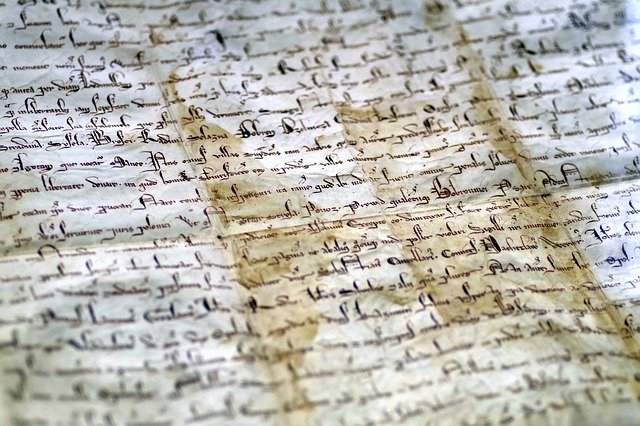In genealogical research, you will inevitably end up with a lot of links. I must admit I'm a bit of a link hoarder. With anything else in life, I like to keep it simple. Put everything in its place and if I have no use for it, out it goes. Links are too easy to collect, though, especially ...
family history friday
Manuscript Collections
One of my ex-husband's family mysteries is right there on his paternal side - who are the ancestors of John Goodwin Hawksley? Thanks to my visit to NEHGS several years ago, and not enough hours spent looking through the Isaac Adams manuscript file (there are never enough hours - it is like being ...
Civil War Pension Files
You've probably heard of Civil War (and other military) Pension Files, but maybe you haven't ordered one yet. They're costly, perhaps out of reach for some people, which can make obtaining them difficult. However, if you are able to order one, they can be valuable sources of information. Here's an ...
Genealogy & Social Media
As the internet offers us more and more places to connect, it can be tricky to determine who you "ought" to follow on Facebook, Twitter, Instagram, and other platforms. There are many recommendations out there - some that are considered staples of social media/the online community in ...
Getting Started with Genealogy
I work with someone who asks me a LOT of questions about genealogy - how do I figure out this or that, how do I know how closely DNA matches are connected, and where do I find answers to particular questions? So I thought it might be a good time for a good old-fashioned "how to" post on the first ...
Brick Wall or Research Question?
This year, I've decided it's time to be more specific about exploring my brick wall ancestors, as well as those who aren't brick walls, but leave me with questions. Sometimes, it's easy to mix up the two. What we think is a brick wall might actually be a research question, one that's easily answered ...





